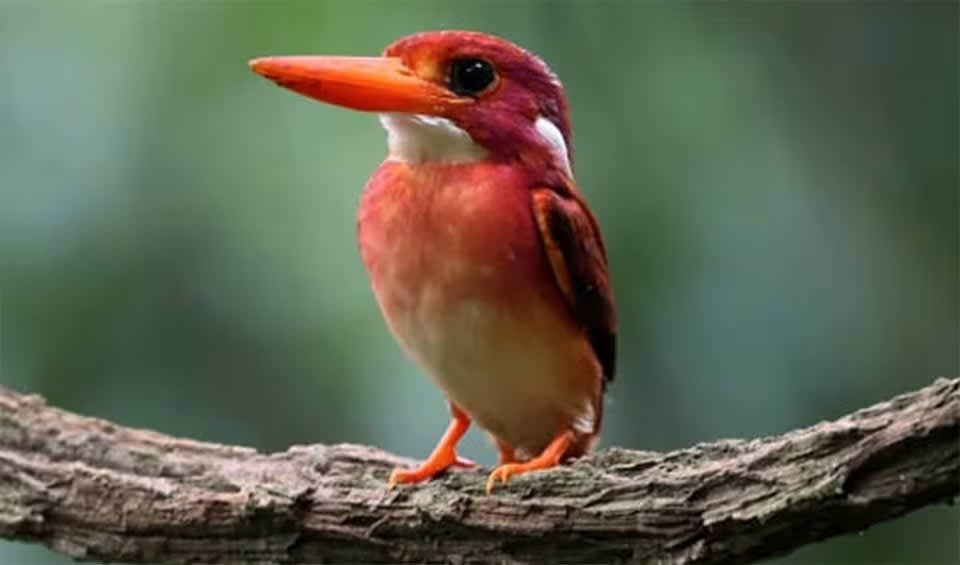Ceyx – River kingfishers
Their hunting prowess and ability to adapt to various aquatic environments have earned them the nickname "river kingfishers"
River kingfishers are found across tropical regions of Southeast Asia and the western Pacific islands, thriving in a variety of freshwater habitats.
These kingfishers are indeed among the smallest of their kind, some being only slightly larger than a sparrow. This compact size grants them remarkable agility to dart through watery landscapes, from meandering rivers and quiet streams to still ponds and dense mangroves. Their presence along water bodies is crucial, as these habitats provide the resources necessary for their survival.
Perhaps one of the most enchanting aspects of river kingfishers is their plumage. They possess a dazzling array of colors, often exhibiting a lustrous sheen. Iridescent blues and greens cover their backs, while vivid reds and oranges may adorn their undersides, making them one of the more visually striking birds in their ecosystems. The colors serve not only for sexual selection but also as camouflage against the reflective surfaces of the water and the vibrant greens of the foliage.
The diet of river kingfishers primarily consists of small fish and aquatic invertebrates. Their hunting strategy involves perching quietly above the water before diving in headfirst to catch their prey with their sharp, pointed bills. Their excellent vision allows them to calculate the precise moment to strike, taking into account the refraction of light in water.
River kingfishers are typically solitary and territorial, coming together only to breed. They nest in burrows tunneled into the banks of rivers or streams, which they excavate with their bills and feet. The nest’s location provides protection from predators and the elements, ensuring a greater chance of survival for their offspring.
Species in this genus
Philippine dwarf kingfisher
One of the smallest kingfisher species globally, and it exemplifies the concept of “dwarfism”
Black-backed dwarf kingfisher
One of the most visually stunning kingfisher, often described as a “flying jewel”
Makira dwarf kingfisher
Doesn’t fish like many other kingfishers — it’s more likely to snatch insects or tiny lizards from forest floor or tree trunks




